Most of us wouldn’t voluntarily spend longer than necessary in an airport, but after these new transport hubs open in 2019, you might feel differently.
From an otherworldly, spaceship-like building in the Israeli desert to a spectacular Singaporian hub featuring the world’s tallest indoor waterfall, these new aviation spaces take airports to a new level.
Here’s our round-up of the most exciting new airports and expansions opening in 2019.
Ilan and Asaf Ramon International Airport – Israel
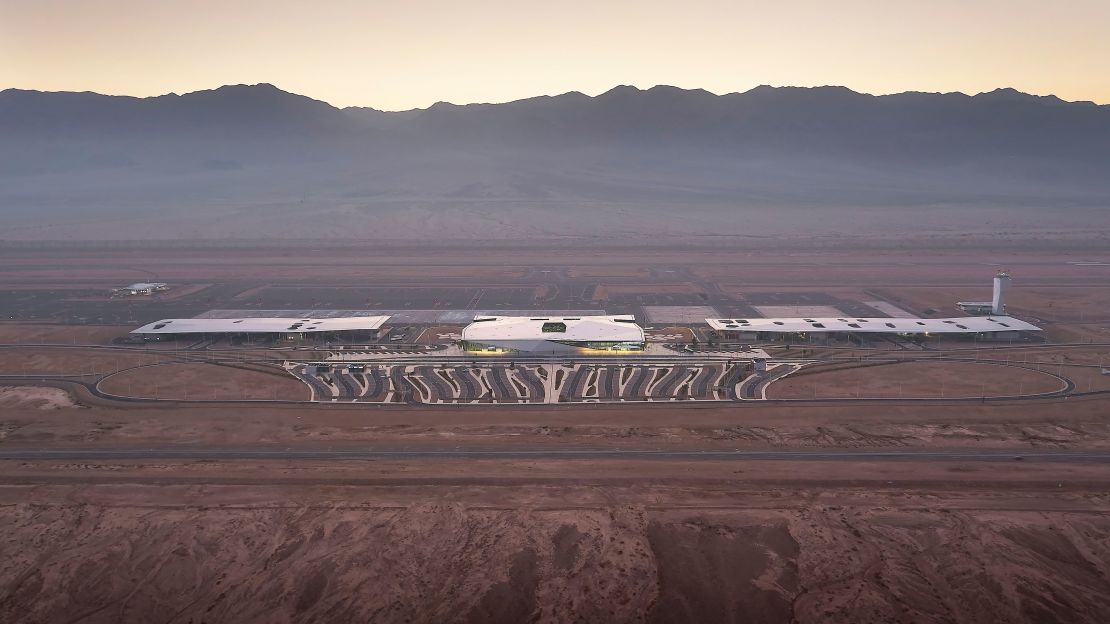
A modernist structure surrounded by desert, this new airport cost an incredible $473.5 million to construct and is the brainchild of Amir Mann-Ami Shinar Architects, in partnership with Moshe Tzur Architects.
The low-rise, minimalistic building with glass panels aims to evoke the futuristic nature of air travel, the airport’s design manager, architect Amir Mann, tells CNN Travel
Located 18 kilometers from Eilat and spread over 1,250 acres, it’s named after Illan Ramon, Israel’s first astronaut, and his son Assaf Ramon, who was an Israel Air Force F-16 pilot.
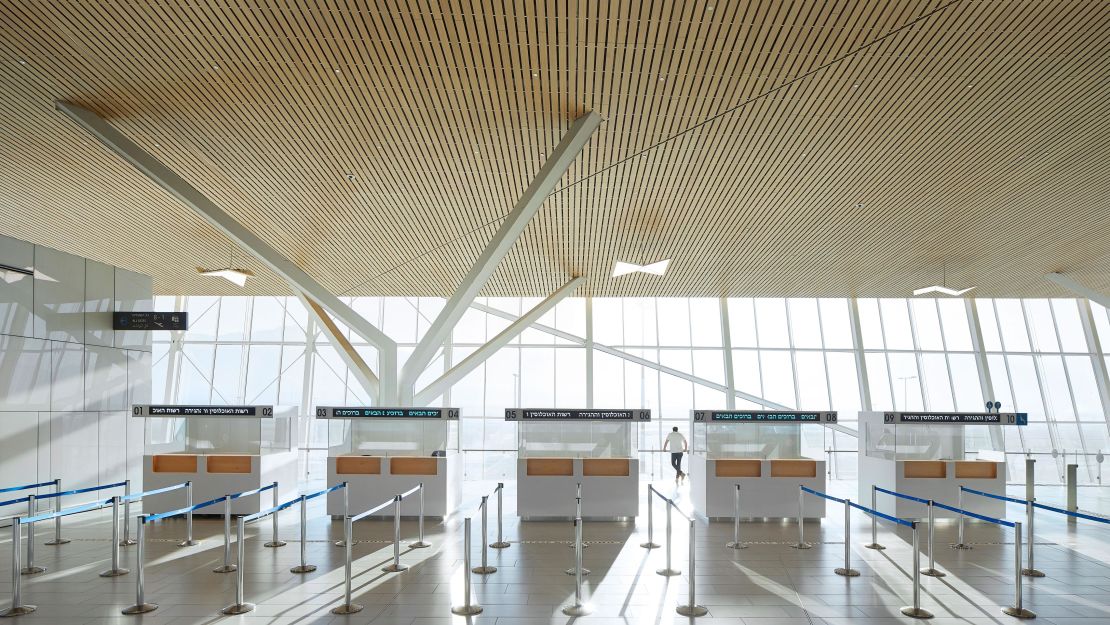
Two million passengers a year will transit through the airport and there’s room for expansion in the future – that figure’s estimated to grow to roughly 4.25 million passengers annually.
The designers say they wanted the airport to feel space-age but be in harmony with its sandy surroundings. It’s also designed to withstand temperatures that fluctuate as high as 45 C (113 F) during the day, before plunging during the night.
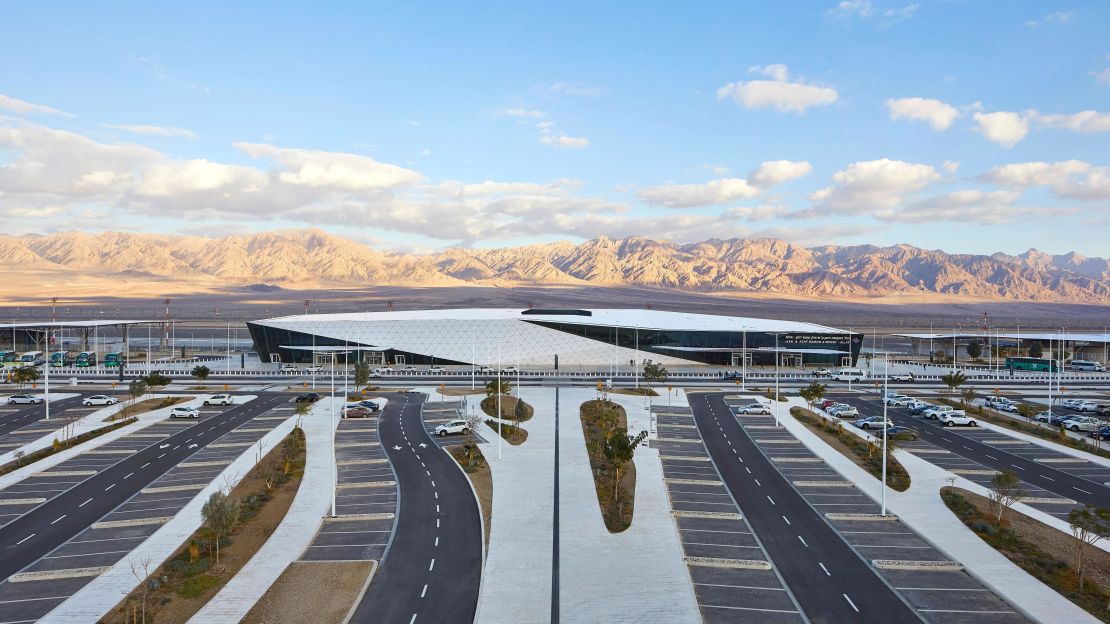
The airport opened to the public on January 21, 2019, coinciding with the closure of former airport hub J. Hozman Eilat Airport.
“We actually designed the Airport through a storyboard process, just like a movie, evaluating the passenger experience at each stage,” says Mann.
Local media reports that security around the airport is particularly high – and it’s apparently designed to accommodate planes re-routed from Ben-Gurion International Airport near Tel Aviv in “times of conflict.”
Singapore Changi Airport – Singapore
The most awesome airport on Earth is about to get more awesome
It’s official, the long-awaited expansion to Singapore’s Changi Airport – the Jewel Changi Airport complex – will open in April 17, 2019.
Jewel Changi is going to be a central hub for the airport and connect three of the airport’s terminals.
It’s designed by architect Moshe Safdie and is an impress glass-paneled building, doughnut shaped and striking, spanning over 1.4 million square feet (130,000 square meters).
The airport reportedly cost SGD$1.7 billion (roughly US$1.25 billion) to construct.
The highlight? Probably the Rain Vortex – the world’s tallest indoor waterfall, surrounded by greenery.
This plant-heavy design concept refers to Singapore’s reputation as a “City in a Garden.”
Istanbul Airport – Turkey
Inside Istanbul New Airport
Istanbul Airport may have officially opened on October 29, 2019 – but it’s still only running a few Turkish Airline flights at the moment.
However Turkish Airlines has announced plans to transfer operations to the new airport, come April 6.
Speaking at the Passenger Terminal Conference 2019, in London, representatives from Istanbul Airport explained that the traffic can’t transfer all at once, but they they think after April 7, 70-80% of the Ataturk traffic will be at the new airport.
Istanbul Airport was always planned to open in stages, but it’s been subject to a lot of delays and some controversy – such as whether or not it really is a “green” airport.
The airport might not have opened yet, but its tulip-shaped control tower and striking design won first prize in the “Future projects – Infrastructure” category at the 2016 World Architectural Festival in Berlin.
CNN Travel investigated the project in more detail last fall, speaking to Dr Thomas Budd, lecturer in airport planning and management at the Centre for Air Transport Management at Cranfield University, UK.
“To complete an airport project of this size in just three and a half years was extremely challenging, not least in terms of ensuring timely operational readiness of all related facilities, systems, procedures and equipment needed to run the airport,” he told CNN Travel.
The airport PR team says the facility is “built to grow” and they hope the airport will eventually see 200,000 or more passengers passing through daily.
Carlisle Lake District Airport – England
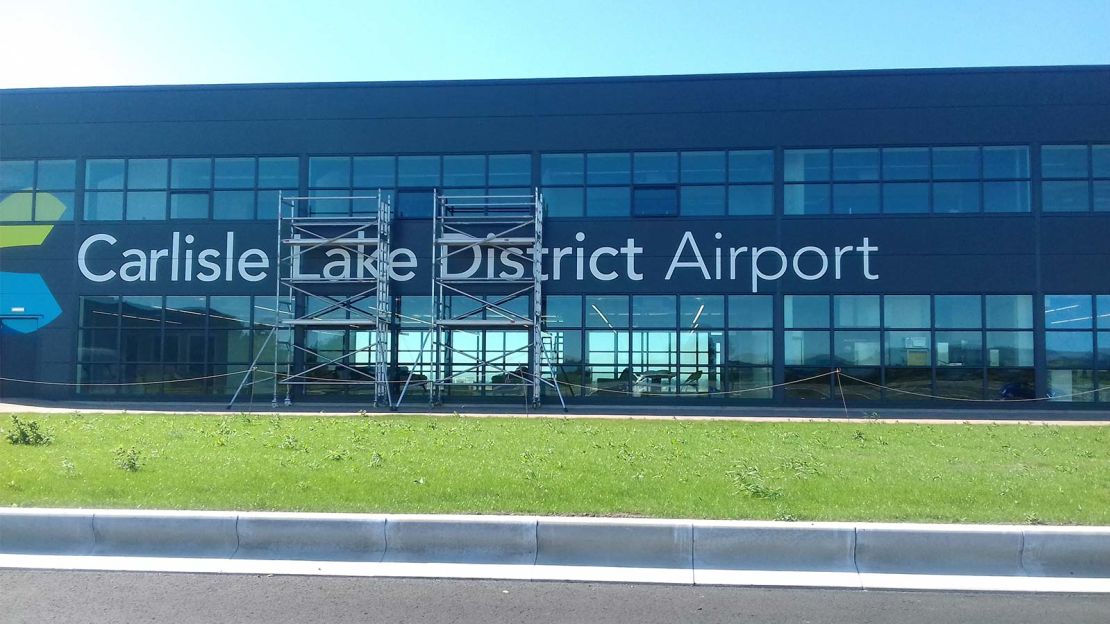
The Lake District National Park is a rocky region of the UK, home to rugged natural scenery.
The area’s eponymous airport is going to be open for business in summer 2019 – with flights to London, Dublin and Belfast.
There have been several delays leading up to this point, so some remain skeptical about when it’ll get off the ground.
Still, summer flights are available to book now and the routes will be operated by Scottish airline Loganair.
Murcia-Corvera Airport – Spain
Spain’s Murcia-Corvera airport opened in January 2019 and now commercial flights are heading there, rather than the military San Javier airport, which previously acted as the region’s hub.
This new hub was opened by King Felipe VI of Spain, following a €500m (roughly $561m) construction project and is situated between Murcia and Cartagena, linked to the motorway network and with good access to the nearby resorts.
Louis Armstrong New Orleans International Airport – New Orleans, USA
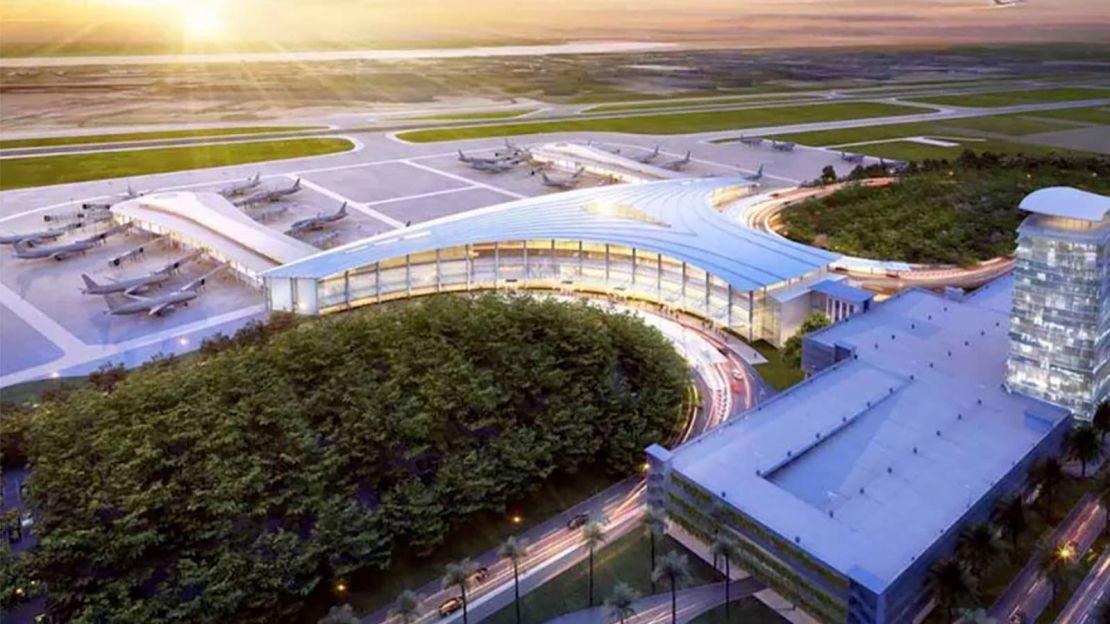
Another long-awaited airport opening is scheduled to take place in 2019 – this time over in New Orleans. At the Louis Armstrong New Orleans International Airport, a new super-modern terminal is now scheduled to open in May.
It’s cost $1,029 billion and is designed to revitalize the airport and its existing infrastructure.
Beijing Daxing International Airport – Beijing, China

This new airport in Beijing, China hopes to become the largest and busiest in the world. It’s going to have one of the largest passenger terminals.
China Eastern Airlines and China Southern Airlines flights will depart to and from Daxing and connections via a high-speed rail connection and motorway network will help put the airport on the map.
It’s another aviation hub with room for growth, they’ll be space for 100 million passengers per year and seven runways.


































